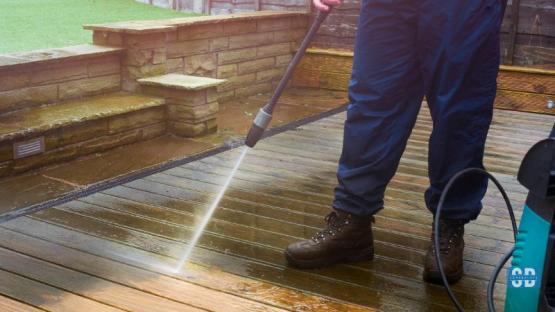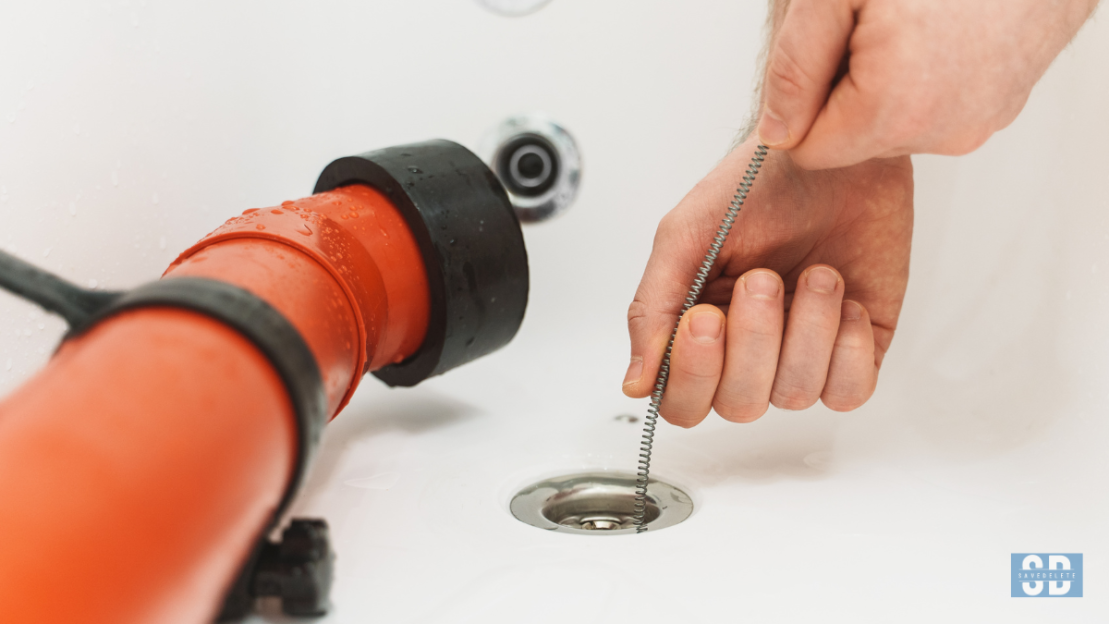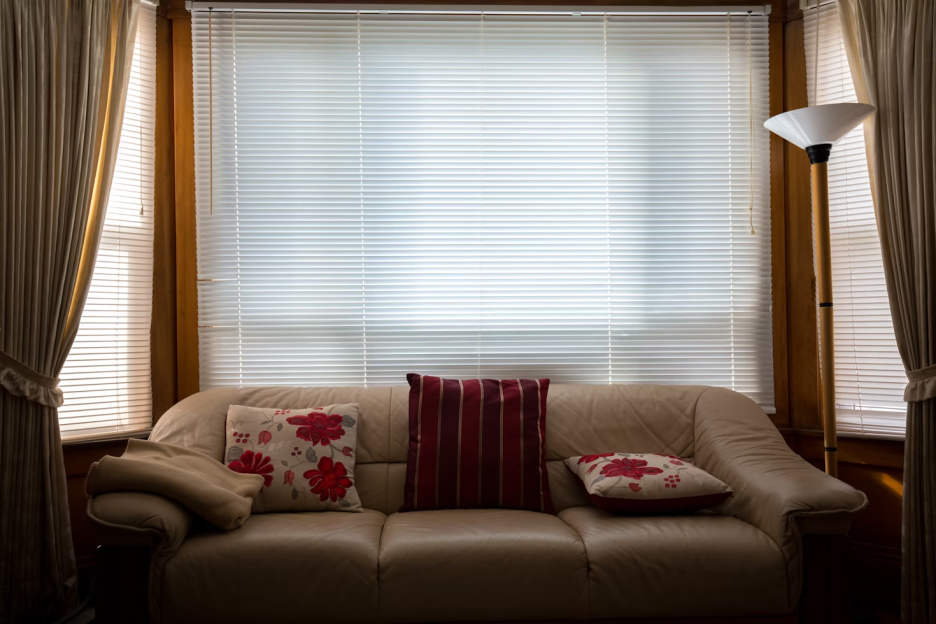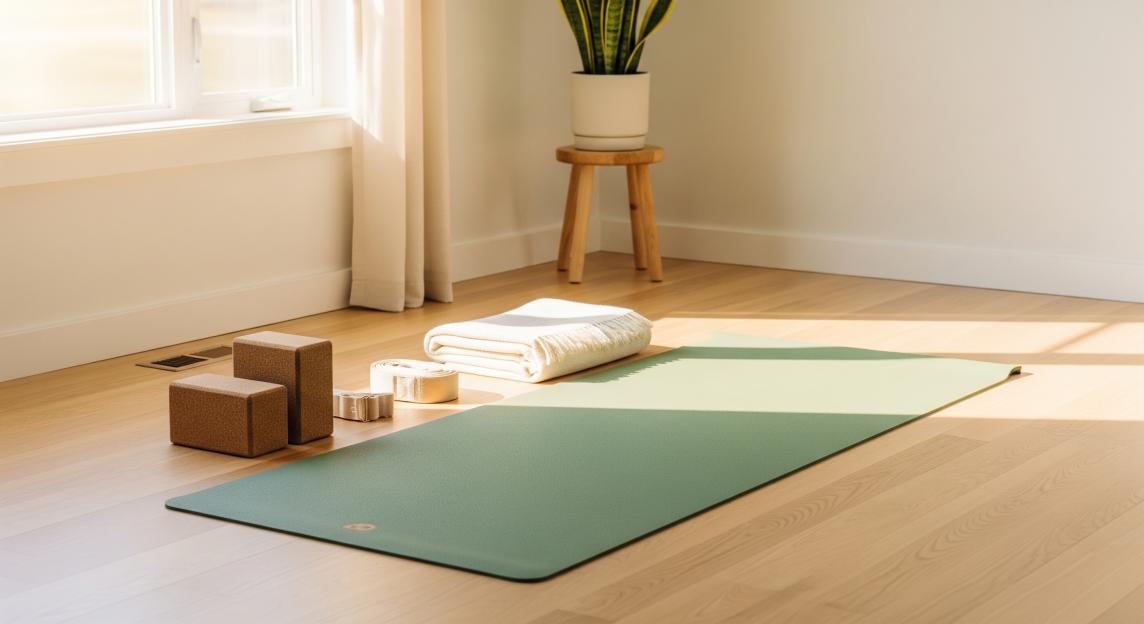A well-maintained deck does more than look good. It extends your outdoor living space, supports family gatherings, and even boosts home value. But without proper care, that same deck can quickly fall victim to rot, warping, or structural failure. Whether your deck is wood, composite, or pressure-treated lumber, a few consistent habits can keep it looking great and performing well for years.
Let’s walk through the smartest habits to protect your deck and extend its lifespan.
1. Sweep and Rinse Regularly
Leaves, pollen, dirt, and debris don’t just make your deck look messy. Left untouched, they hold moisture, creating the perfect environment for mold, mildew, and decay. A quick sweep once or twice a week can make a big difference. After sweeping, use a garden hose to rinse away fine dust and residue.
Avoid pressure washing unless necessaryâhigh pressure can damage wood fibers or force water into cracks, which accelerates decay. For regular rinsing, a garden hose with a spray nozzle is enough.
2. Clean Deeply at Least Twice a Year
While regular sweeping handles surface grime, a deep clean is essential. In spring and fall, scrub your deck with a cleaner designed for your deck material. For wood, use an oxygen bleach solutionânot chlorine bleach, which can weaken the wood. Composite decking needs a non-abrasive cleaner to avoid surface damage.
Use a stiff-bristle brush to scrub between boards and around railings. This process removes buildup, prevents staining, and exposes any hidden damage that might need repairs.
3. Inspect for Damage and Fix It Early
Inspection isn’t just about finding visible damageâit’s about catching problems early. Walk around your deck with a screwdriver or awl. Press into support beams, joists, and railings. If the wood is soft or spongy, you may have rot. Look for popped nails, loose screws, cracked boards, and rusted hardware.
Make repairs promptly. Replacing a single board now is cheaper and easier than dealing with major structural repairs later. And if you’re unsure about structural integrity, don’t guessâbring in a professional.
4. Reseal or Re-stain When Needed
If your deck is wood, it needs protection from sun, moisture, and temperature swings. Most wooden decks should be sealed every 2â3 years, but climate plays a role. In hot, dry areas, UV damage happens faster. In damp regions, moisture is the main threat.
Test the seal by pouring water on the surface. If it beads up, the seal is still working. If it soaks in, it’s time to reapply. Choose a sealant or stain based on your goalsâclear sealants let wood grain shine, while tinted stains offer more UV protection.
Proper prep is crucial. Clean thoroughly and allow the surface to dry for 48 hours before sealing. Apply in moderate temperatures for best results.
5. Mind the Gaps and Drainage
Decks need airflow and drainage to stay healthy. Check the gaps between boards. They should be wide enough to let water drain but not so wide that they collect debris. Use a putty knife or plastic scraper to clear out stuck leaves and gunk.
Also inspect where the deck meets the house. Water that pools near this area can seep into your foundation. Make sure downspouts direct water away, and consider installing a splash guard or gutter system if necessary.
If you’re building a new deck, working with a custom deck builder can help you avoid common drainage design mistakes. These pros can tailor the design to your yard’s slope and weather exposure, saving you headaches later on.
6. Prevent Pest Intrusion
Termites and carpenter ants are more than just annoyingâthey’re destructive. Check for signs of insect activity: small holes in wood, piles of sawdust, or tapping noises. Keep vegetation trimmed at least 12 inches from your deck to reduce access points.
Consider using a borate-based wood treatment for added pest resistance, especially if your deck is near shrubs or trees. If pests become a problem, consult a licensed pest control professional right away.
For extra protection, review guidance from the National Pest Management Association on recognizing and controlling wood-damaging insects.
7. Protect From Furniture and Grill Damage
Outdoor furniture adds comfortâbut it can also cause damage. Dragging chairs across the deck scratches the surface. Metal legs can rust and stain the wood. Use furniture pads or rubber tips to reduce wear.
If you grill on the deck, place a heat-resistant pad or grill mat underneath. Hot grease, food drips, and charcoal can discolor or even burn decking material.
Make a habit of checking these areas after gatherings. Quick cleanups prevent long-term stains and surface breakdown.
8. Store Cushions and Planters Carefully
Moisture trapped beneath cushions, rugs, or planters can warp the deck surface. Use raised plant stands and move them occasionally to let the wood breathe. Bring cushions and rugs inside during wet weather or winter months.
If you want to decorate your deck year-round, choose weatherproof materials and raise anything that sits flat to improve airflow underneath.
Final Thoughts
Smart habits go a long way toward protecting your deck. With routine cleaning, inspections, sealing, and a few mindful precautions, you can avoid costly repairs and keep your deck safe and beautiful for years to come. A little effort now pays off in peace of mind and better backyard living down the line.
Your deck isn’t just another part of your homeâit’s a space where life happens. Treat it with the care it deserves, and it’ll reward you season after season.








